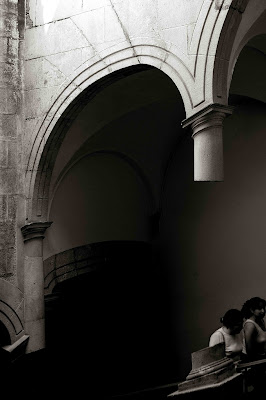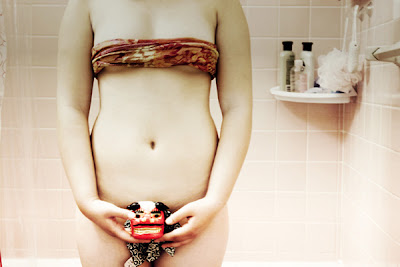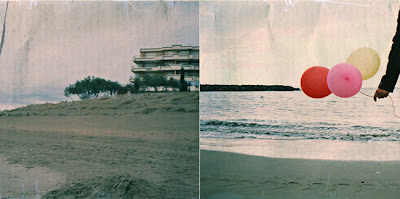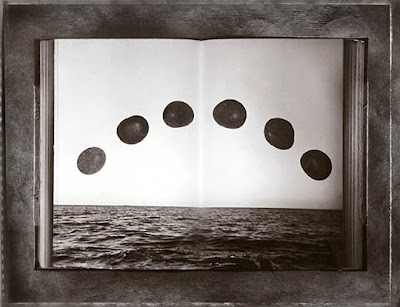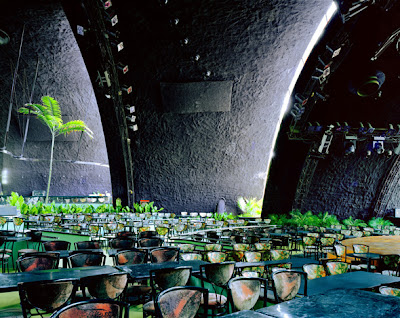


also on aS.blogspot
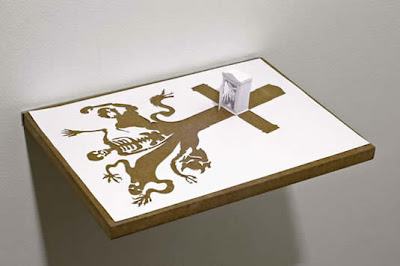 Eismeer
Eismeer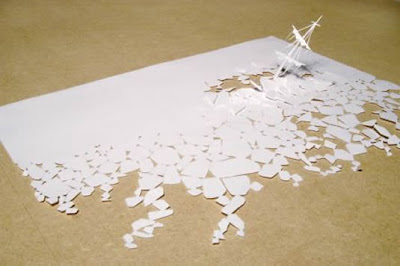 Looking Back
Looking Back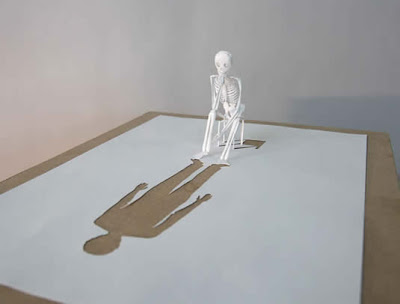 Erected Ruin
Erected Ruin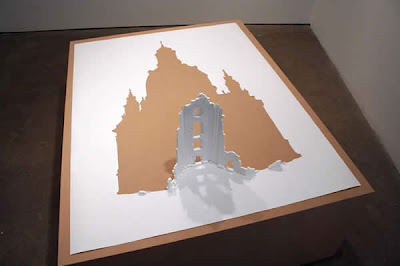 Peter Callesen, a Danish artist with steady hands and far too much time on them, produces a confusing range of different media. His papercuts, ranging in size from A4 80gsm to the size of a garden shed, are based principally on the theme of paired opposites of significance - cradle to grave, inside to outside - and executed with a deftness that produces the surreal effect of polished, pristine, well-packed snow. Which, incidentally, he also uses a lot of. His website, PeterCallesen.com, exhibits papercuts, installations, performance art and works with ice, snow and water.
Peter Callesen, a Danish artist with steady hands and far too much time on them, produces a confusing range of different media. His papercuts, ranging in size from A4 80gsm to the size of a garden shed, are based principally on the theme of paired opposites of significance - cradle to grave, inside to outside - and executed with a deftness that produces the surreal effect of polished, pristine, well-packed snow. Which, incidentally, he also uses a lot of. His website, PeterCallesen.com, exhibits papercuts, installations, performance art and works with ice, snow and water.
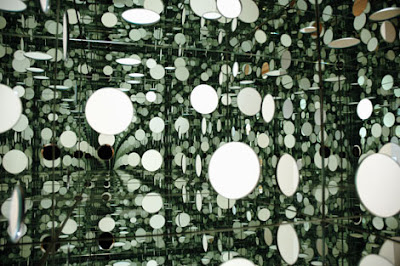

 Before
Before
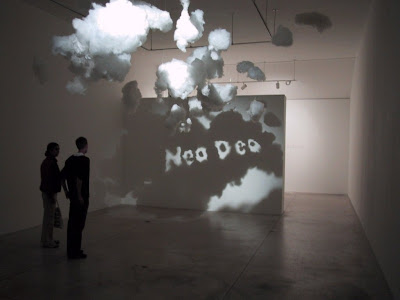



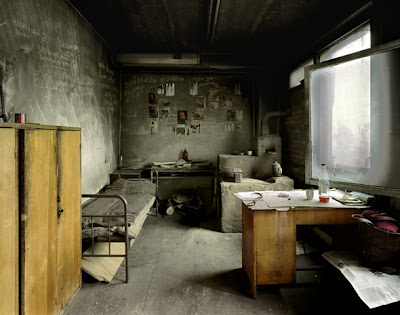
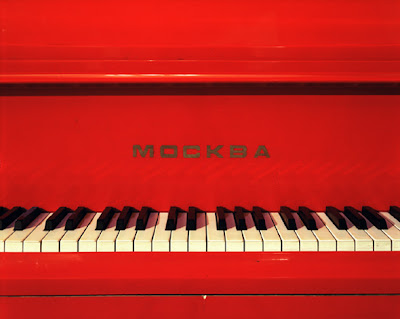
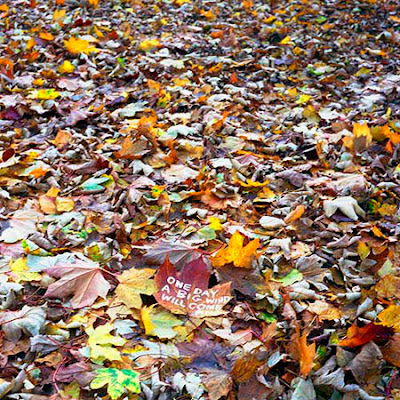
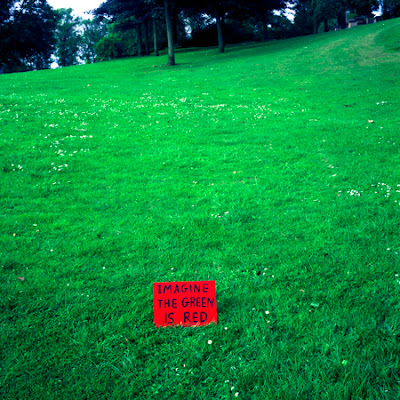
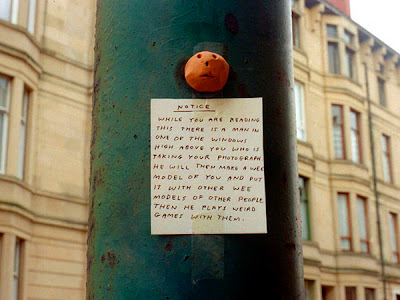







After finishing high school I went and leave in NY looking for work, adventure and also to learn english better.
When I came back to Rome after a while, I started working and studing at the same time. After one year I went to Naples to see the exibith of Mario Testino. That's when he asked me to go and work for him in Paris.
I went and after 3 years of assisting, I decided I was ready to go my way.

